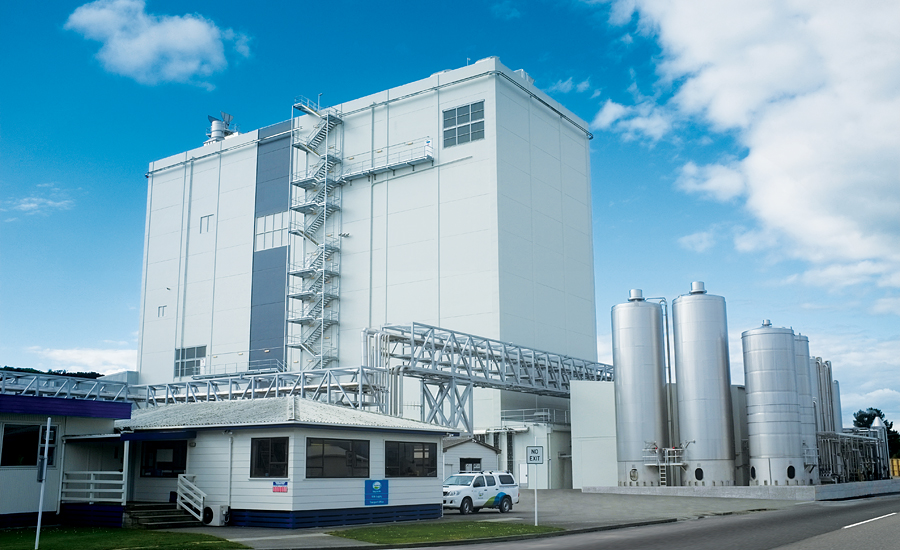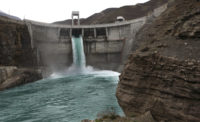Fonterra builds world’s first earthquake-proof whole milk drying plant

GEA Group, Germany, is building a unique whole milk drying plant for Fonterra in New Zealand. The plant is scheduled to pump out 15 tons of product per hour and is said to be the world’s first earthquake-proof commercial whole milk drying plant. Situated on an earthquake fault line at Pahiatua, the plant has been designed to withstand a 1/2500-year event without damage.
The plant is also ideally located for the dairy farms it serves, avoiding the need for tankers to traverse the Manawatu Gorge, which can be dangerous in bad weather.
Building a plant in the middle of New Zealand’s earthquake zone required special precautions. That’s why GEA built a copy of the company’s Darfield 1 Dryer, but with base isolation that allows the building to move should a quake hit. GEA was also contracted as a consortium to provide the building work for the project with its partner Ebert Construction, Loretto, Minn.
GEA supplied all the processing equipment, including milk reception, storage, wet processing (standardization and homogenization), evaporation, drying, powder handling, packing and water recovery. Most of the equipment was built by GEA locally in New Zealand with some specialist items coming from the company’s factories in China.
“All these plants are difficult because of their sheer size, but this was similar to many plants we have built in New Zealand,” according to Gary Reynolds, GEA’s project manager.
The site also includes a reverse osmosis plant capable of processing up to 2,000,000 liters a day of “cow water” (water recovered from the milk drying process) and purifying it for re-use in the plant.
“This treated water is returned to the process, keeping disposal costs down and ensuring that Fonterra has no need to increase its water resource consents,” adds Reynolds. “The plant will also produce boiler feed water of very high quality using less chemicals to protect the steam system from corrosion, increasing the life expectancy of the plant and reducing operating costs.”
The whole plant weighs upwards of 20,000 tons, including its 40-meter-high drying tower, all of which sits on 50 triple friction pendulum bearings that allow the whole construction to move up to 900mm in any lateral direction. Each 1.4m square bearing weighs 2.7 tons and has a Teflon center to reduce friction. The bearings were supplied by a seismic bearing specialist company in San Francisco.
Other key elements include 3,400m3 of concrete reinforced with 400 tons of steel; the main columns are 17.5 meters long and weigh 16 tons each; and the tower walls are constructed using 517 concrete panels, each of 9 tons stitched together using poured concrete.
Although the main building is base isolated, the ancillary structures are not, which gave GEA some engineering challenges. For example, every supply line for steam, acid, milk, gas, chemicals or electricity has to withstand the building moving by up to 900mm in any plane.
“We have used a seismic loop on all the supply lines that gives them enough slack while being supported adequately as well,” says Reynolds.
The human interface zones (corridors between the fixed and base isolated sections) also have to be able to move as the building operates under critical hygiene conditions, making any breach to ambient air unacceptable.
The building is made from pre-cast concrete panels and columns fabricated in Otaki and lifted into position.
“Our goal was to change the way construction was done in New Zealand,” says Reynolds. “We brought the whole team together in a ‘community,’ in which GEA and Fonterra work side by side. There had to be absolute cooperation between us, the client and the builder. There was some steep learning, but if we had a problem, we just talked it through and found a solution together. It is a very refreshing approach. If we had a disagreement, we’d get it out in the open and deal with it.”
Looking for a reprint of this article?
From high-res PDFs to custom plaques, order your copy today!





